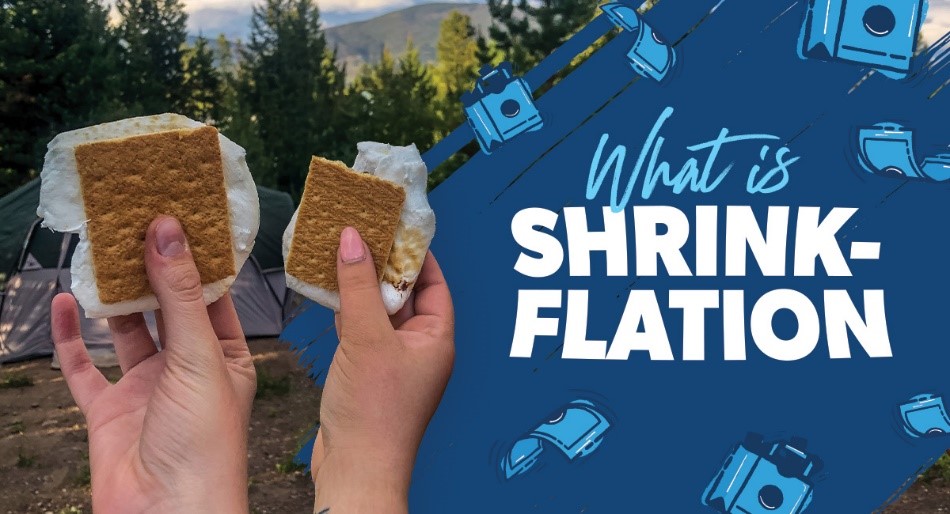Free Courses Sale ends Soon, Get It Now


Free Courses Sale ends Soon, Get It Now



Disclaimer: Copyright infringement not intended.
Context
Shrinkflation
Impact on Inflation Measures:
Origin of Term:
Causes of Shrinkflation
Competitive Market Dynamics:
Consumer Behavior and Brand Loyalty:
Impact on Consumers
Consumer Awareness and Unit Pricing:
Corporate Response:
Case Examples:
Conclusion
Trivia
Skimpflation
|
PRACTICE QUESTION Q. Which of the following best defines the concept of "skimpflation"? A) Skimpflation refers to a decrease in the size or quantity of a product without a corresponding decrease in its price. B) Skimpflation occurs when the quality of a product is reduced while its price remains unchanged. C) Skimpflation describes a situation where the price of a product increases due to inflationary pressures. D) Skimpflation refers to a scenario where the size or quantity of a product increases, but its price remains the same. Answer B) |
© 2024 iasgyan. All right reserved